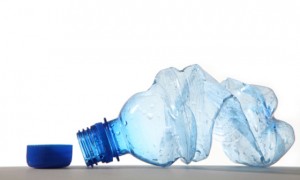It’s starting to become more apparent that sustainability is starting to become more and more a key player in business. By being sustainable some of the biggest companies in the world are learning that they can stay ahead of the game when it comes to increasing and new regulations, market fluctuations, ethical dilemmas and most importantly resource scarcity. However, most corporations don’t implement sustainability initiatives out of their good heart most of the time there is clear incentive. Some of the incentives were listed above, but some of the other incentives include cost reductions and incremental sales. For the last incentive to be true however consumers need to be buying more sustainable products or services. Thus, sustainability can clearly be a point of differentiation… But companies need to figure out a way to be able to clearly and successfully be able to pass on and tell this particular story to consumers. There is a few issues/risks with pursuing sustainable marketing as we have observed in class… Many companies shy away with releasing any communication about their sustainable initiatives because in many cases they receive quite significant back fire and receive backlash from many organizations which can harm their brand image even though their intentions were good.
As it has been discuss in on other blogs social media has grown significantly in the past decade and now plays an important role in many peoples lives. It has enable to spread news like wild fire and share ideas or opinions with large groups of individuals in a blink of an eye. Social media is also utilized by more than a Billion individuals. This has made company crises a lot harder to manage… In class we also discussed the necessity to be transparent, and certainly Social Media has enabled to break many brick walls and turn them into glass. It was observed in an article I had read that approximately 130 of some the most renown brands worldwide have been able to gather more than 400 million likes. To me this seem like an exceptionally large audience… Yet, very few companies communicate effectively through Facebook and sometimes I have a trouble understanding why… But I do know however that hopefully companies will take the risk to start opening up on social media discussing their initiatives, asking for feedback, gathering opinions and utilize it to be transparent! One day hopefully Sustainability will get the calling to become a major discussion on the mainstream stage.





